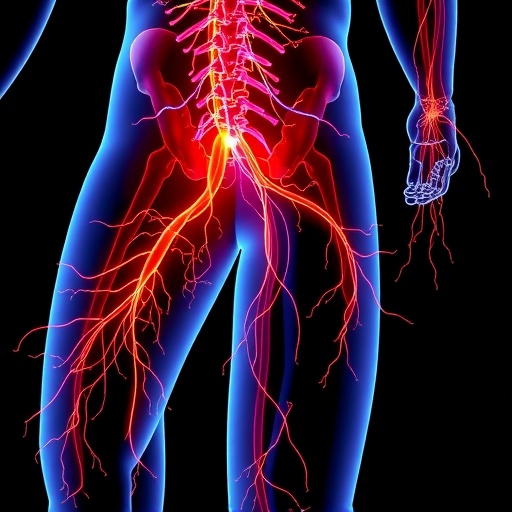
Credit: (FSU Photo/Bruce Palmer)
A Florida State University researcher has found gender inequality in U.S. states is bad for everybody’s health.
In a new study published in the American Sociological Review, FSU Assistant Professor Patricia Homan developed a new structural sexism approach to the study of gender inequality and health. Her approach goes beyond sexist mistreatment by individuals to examine how the degree of systematic gender inequality in power and resources — i.e. structural sexism — in a society can impact people’s health.
“Researchers have known for decades that the experience of being sexually harassed or discriminated against can have a harmful effect on a woman’s health,” Homan said. “But much less is known about the broader health consequences of living in a social environment where power, resources, roles and opportunities are unequally distributed along gender lines.”
Structural sexism can be evident in major social institutions, such as the government and the economy, in interpersonal interactions and relationships, such as marriages and in individuals’ beliefs and identities. Homan established concrete ways to measure structural sexism within U.S. states, within heterosexual marriages and at the individual level and examined its effects on men’s and women’s health.
To conduct her research, Homan compiled data from multiple sources including the U.S. Census and the National Longitudinal Study of Youth. Based on a sample of more than 3,300 U.S. adults, Homan found that at the state level structural sexism resulted in worse health outcomes for both men and women alike.
Those living in states with the highest levels of structural sexism, such as Utah, Wyoming, Mississippi, Louisiana and Oklahoma, reported higher levels of chronic conditions, worse self-reported health and had worse physical function at age 40 and 50.
“This means that at the macro level structural sexism is universally harmful for population health,” Homan said.
To illustrate the magnitude of the health effects, Homan noted, that women exposed to high levels of structural sexism in their home state had roughly twice as many health issues as women living in states with lower levels.
Put differently, a woman living in a state with high structural sexism looked seven years older in terms of her health profile than her counterpart in a state with low levels of structural sexism. Homan found the states with the lowest structural sexism were Maryland, California, Massachusetts, Vermont and Hawaii.
Homan created several measures of state level structural sexism designed to capture the degree to which men and women are unequal in four arenas of society — political, economic, cultural and physical/reproductive.
The measures included: the gender wage gap, gender differences in labor force participation and poverty rates, the proportion of state legislature seats occupied by men, the prevalence of religious conservatives in each state — which is linked to traditional gender roles and the exclusion of women from leadership positions — and the proportion of women who live in a county without an abortion provider.
“Public health scholars and international human rights organizations consider reproductive choice and access to a full range of reproductive health care services to be a fundamental human right,” Homan said. “It’s also considered a precondition for women’s equal citizenship and participation in social, political and economic life.”
Homan said there are several policy implications to consider as a result of her research.
“The first thing we need to realize is that gender inequality in the United States is not only a human rights issue, but also a public health problem,” she said. “Therefore, gender equity policy is health policy.”
This means that policies aiming to close the gender wage gap, increase women’s political representation, protect and expand access to reproductive health services, or otherwise promote gender equity, also have the potential to improve health for all members of society.
###
Media Contact
Kara Irby
[email protected]
Original Source
https:/
Related Journal Article
http://dx.




